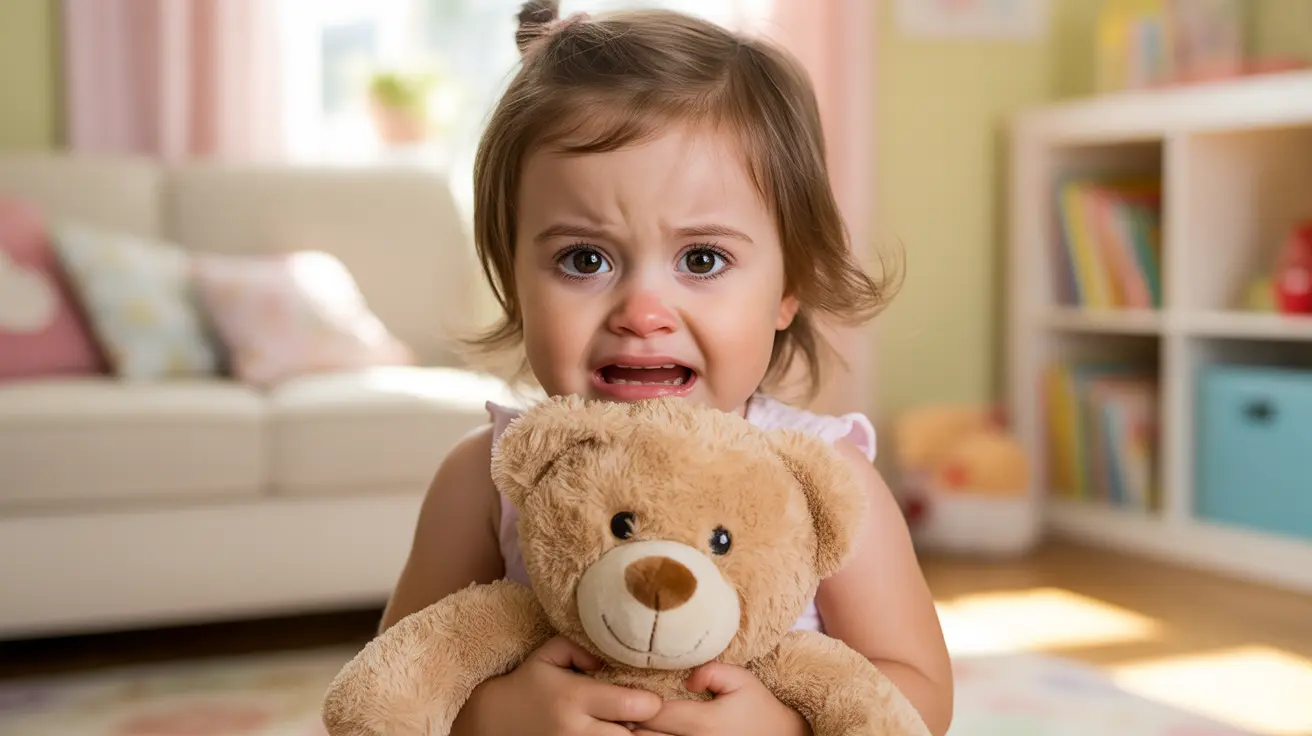The terrible twos represent a crucial developmental stage in your toddler's life, marked by significant changes in behavior and emotional expression. While this phase can be challenging for parents, understanding its nature and having effective strategies can help you navigate this important period in your child's growth.
During this stage, your toddler is experiencing rapid cognitive development, learning independence, and discovering their ability to express preferences and emotions. Though sometimes overwhelming, these behaviors are actually positive signs of your child's developing personality and self-awareness.
Common Signs and Behaviors of the Terrible Twos
The terrible twos typically manifest through several characteristic behaviors:
- Frequent temper tantrums
- Saying "no" to most requests
- Rapid mood swings
- Strong desire for independence
- Difficulty sharing
- Testing boundaries consistently
These behaviors, while challenging, are normal expressions of your toddler's developing autonomy and emotional regulation skills.
Understanding the Root Causes
The terrible twos emerge from several developmental factors:
- Limited language skills despite complex thoughts and feelings
- Growing desire for independence
- Developing sense of self
- Inability to fully regulate emotions
- Increasing awareness of their environment
This combination creates frustration for toddlers as they struggle to communicate their needs and desires effectively while asserting their independence.
Duration and Timeline
Despite its name, the terrible twos don't strictly begin at age two or last for just one year. This phase typically starts around 18-24 months and can continue until age three or four. Each child develops at their own pace, and the intensity and duration of this phase vary significantly among children.
Effective Management Strategies
Creating a Supportive Environment
Structure and consistency help toddlers feel secure during this challenging phase:
- Maintain regular daily routines
- Create a child-safe space for exploration
- Offer limited, age-appropriate choices
- Use clear, simple communication
- Establish consistent boundaries
Responding to Tantrums
When facing tantrums, try these proven approaches:
- Remain calm and composed
- Acknowledge your child's feelings
- Redirect attention when possible
- Use positive reinforcement
- Ensure safe spaces for emotional expression
When to Seek Professional Help
While the terrible twos are normal, certain situations may warrant professional consultation:
- Extremely aggressive behavior
- Self-harming tendencies
- Persistent sleep issues
- Significant regression in skills
- Inability to form attachments
- Excessive anxiety or fear
Frequently Asked Questions
- What are the common signs and behaviors of the terrible twos in toddlers?
Common signs include frequent tantrums, defiance, mood swings, saying "no" repeatedly, and testing boundaries. Toddlers may also show increased independence, difficulty sharing, and strong emotional reactions to simple requests.
- Why do toddlers go through the terrible twos phase and what causes the typical tantrums and defiance?
The terrible twos occur due to toddlers' developing sense of independence combined with limited language skills and emotional regulation abilities. Tantrums often result from frustration when they can't express complex thoughts and feelings effectively.
- How long does the terrible twos phase usually last, and when do these challenging behaviors typically improve?
The phase typically begins around 18-24 months and can last until age three or four. Improvement usually occurs gradually as children develop better communication skills and emotional regulation abilities.
- What are effective strategies for parents to manage tantrums and defiant behavior during the terrible twos?
Effective strategies include maintaining consistent routines, setting clear boundaries, offering appropriate choices, using positive reinforcement, remaining calm during tantrums, and acknowledging your child's feelings while redirecting inappropriate behavior.
- When should parents seek professional help for behaviors during the terrible twos that seem severe or unusual?
Parents should consult professionals if they observe extremely aggressive behavior, self-harm, persistent sleep issues, significant skill regression, inability to form attachments, or excessive anxiety and fear that interferes with daily activities.




